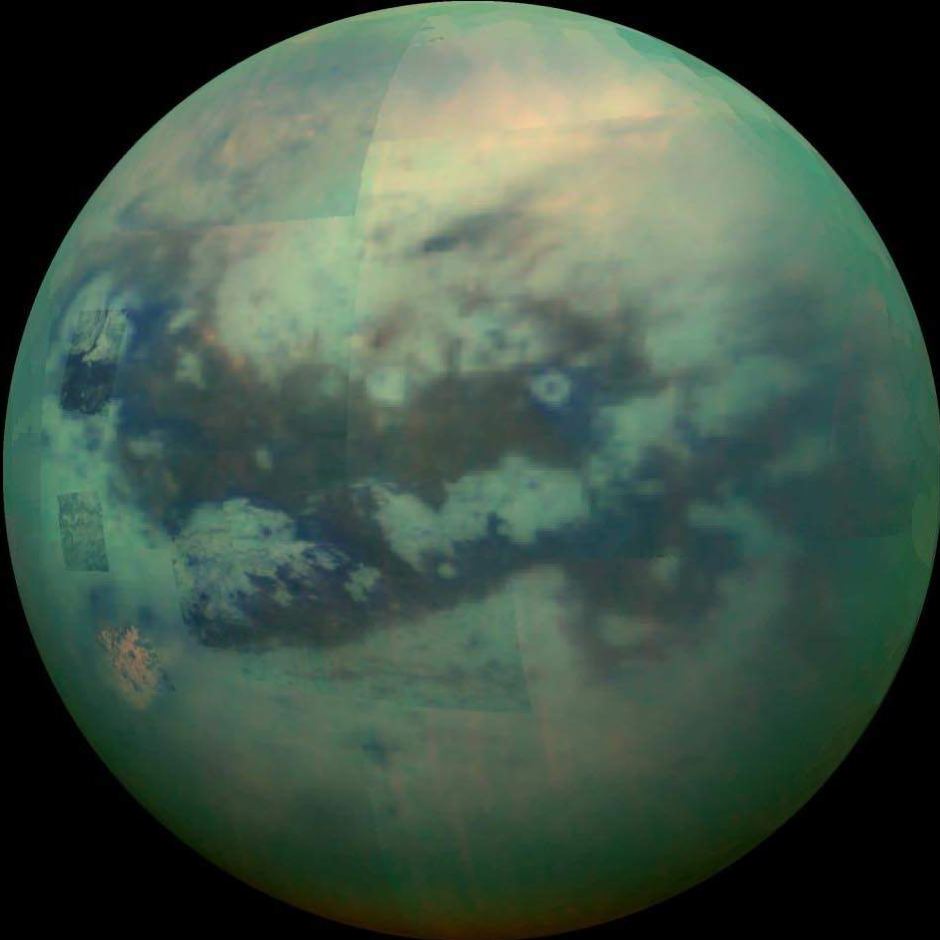Washington- The American National Aeronautics and Space Administration (NASA) recently revealed that Titan, Saturn’s suitably named largest moon, to be “one of the most Earth-like worlds we have found to date.” It has a dense atmosphere and stable lakes and rivers.
Its air isn’t breathable, almost entirely composed of nitrogen, with a little methane instead of the human-friendly oxygen, and its rivers, lakes and oceans are full of liquid methane and ethane– and at -290 Fahrenheit, Titan seems to be way too cold for a human to survive on.
However, the agency believes that if you had a breathing mask and the best thermal underwear ever tailored, you could jump around in gravity a bit weaker than our own moon’s and see some surprisingly Earth-like features. You might even see some lava-style liquid water churning out of volcanoes.
According to a study published Monday in the Proceedings of the National Academy of Sciences, Saturn’s curious world might have what we call prebiotic conditions — chemicals that could theoretically come together to build and support life as we know it.
The Washington Post cited Martin Rahm’s statement on the subject saying that “we are used to our own conditions here on Earth. Our scientific experience is at room temperature and ambient conditions. Titan is a completely different beast.”
Rahm is a postdoctoral researcher in chemistry at Cornell and lead author of the new study.
According to Rahm and his colleagues, one of the things that make Titan outright uninviting to Earthlings — the abundance of noxious hydrogen cyanide that forms when sunlight hits the hazy atmosphere — could actually help support life.
They showed that it’s possible, at least hypothetically, for hydrogen cyanide to react with some of the other molecules found on Titan to produce molecular chains or polymers, including one called polyimine.
Albeit that wouldn’t mean much under earthly conditions; at Titan’s temperatures, they say, polyimine could potentially have the kind of properties that would support microbial evolution.
It would be flexible, according to the researcher’s models, allowing it to adopt more than one structure, and its ability to absorb sunlight might help it provide energy for life in the primal phase.
Not even this computer modeling showed exactly how life would come together on Titan, so it’s proved to be still early for humans to go alien hunting.
